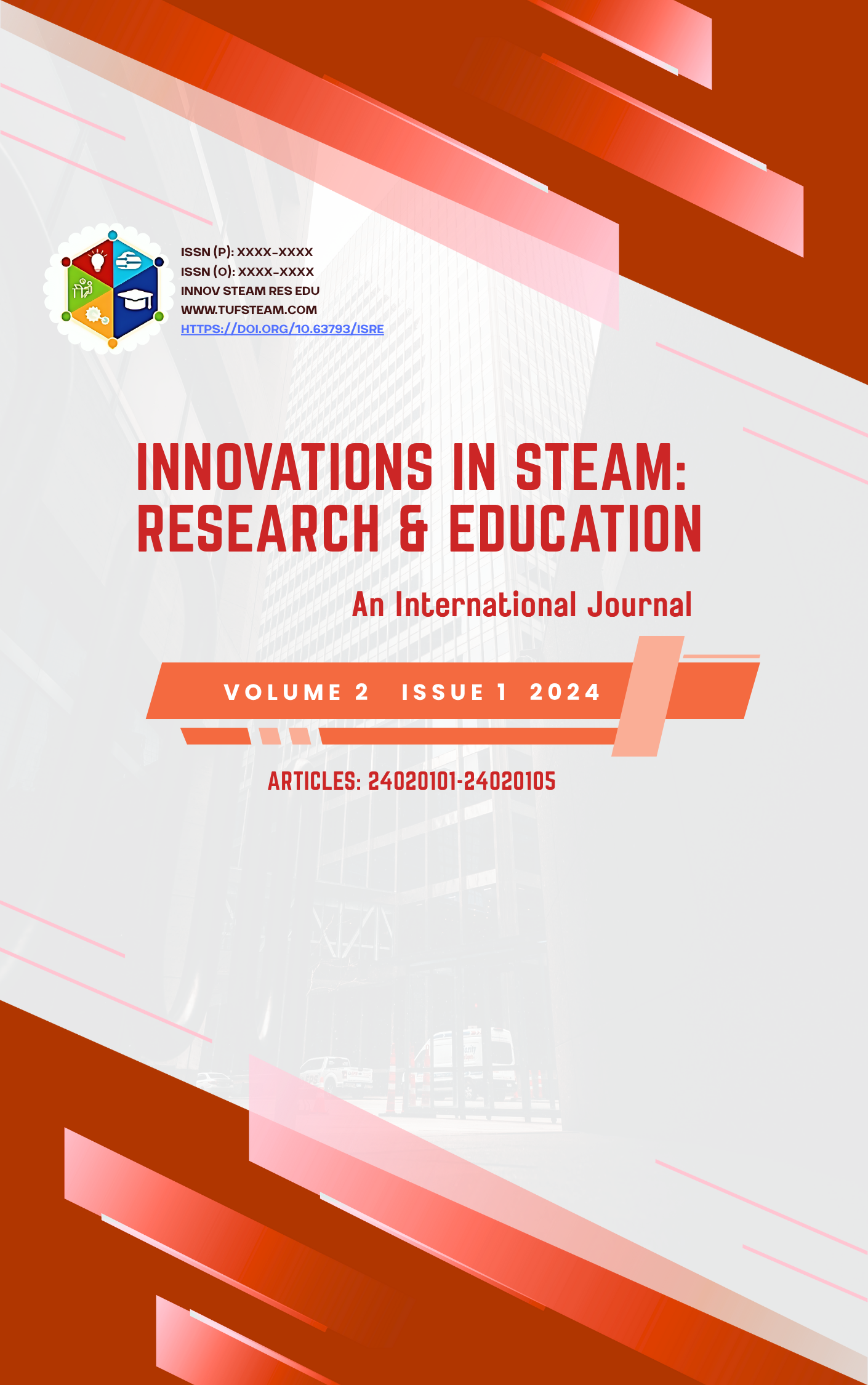Prescribing Trends of Hepatitis C in Hospitals of Faisalabad, Pakistan
Abstract
ABSTRACT
Background: Hepatitis is a priority area of public health in Pakistan in which
Hepatitis B and C is prevalent at high prevalence and presents the enormous
challenge for the healthcare sector.
Objective: To find out the trends, risk factors and control strategies for hepatitis
in Pakistan.
Methodology: This study was conducted on patients who got treatment with
hepatitis C virus (HCV) medicines; a comparative cross sectional survey was
done. To do this, 270 patients were given a standardised, closed ended
questionnaire to fill out. Data were compared using age, gender, marital status,
present medication and side effects. Epidemiology of hepatitis was studied on
the basis of English and Urdu data from English and Urdu newspapers, national
health databases, as recorded in hospital records and published papers. The
chosen technique is in accordance with well-elaborated principles of public
health research that guarantee precision and reliability. The results of the
Pakistan Health Research Council, the Pakistan Bureau of Statistics and the
World Health Organisation were used with the secondary data, and carried out
retrospective observational analysis based on the secondary data.
Results: Infection rates by species, geographic distribution and the success of
prevention efforts in place are discussed based on the data given in the national
health, research articles. It was seen that unsafe medical procedures, low
vaccination coverages and low awareness on the part of the common person
brought on a lack of burden of hepatitis, in particular, the rural populace and the
individuals who were unfortunate. Changes have been made with government
led initiatives including vaccination program and blood screen policies;
however, the application is hindered by poor healthcare accessibility and
socioeconomic barriers. The study gives an edge to the importance of public
health interventions such as mass awareness campaigns, better sanitation and
wider vaccination. Healthcare policies be strengthened and hepatitis control
strategies be integrated into the primary healthcare services to achieve a great
failure in reduction.
Conclusion: A multi-sectoral response that combines government agencies,
healthcare providers, and community outreach needs to be employed to limit
spread of hepatitis in Pakistan.
Published
Issue
Section
License
Copyright (c) 2025 TUF

This work is licensed under a Creative Commons Attribution 4.0 International License.
Innovations in STEAM: Research & Education © 2023 by TUF is licensed under Creative Commons Attribution 4.0 International









